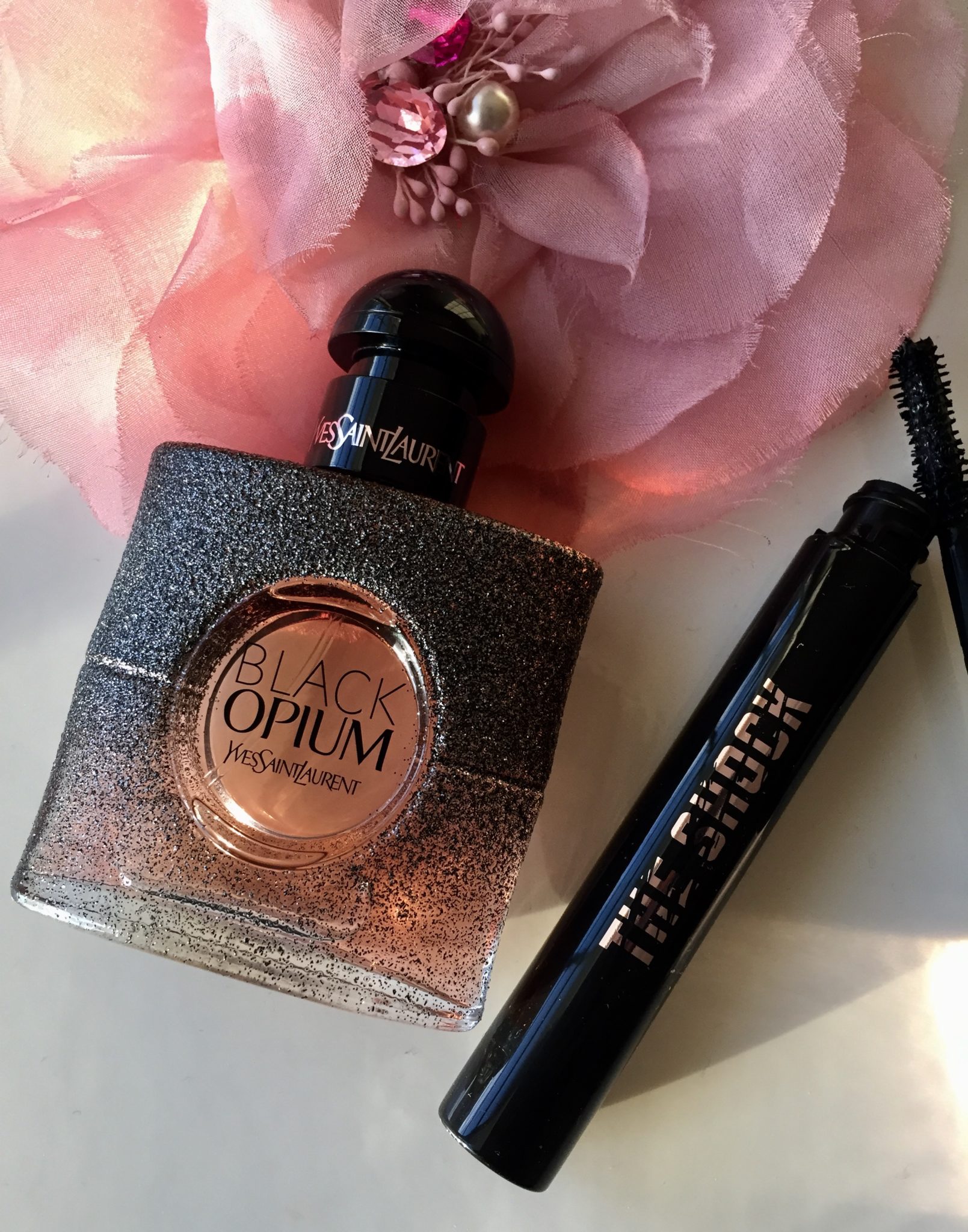
The Caribbean islands are a paradise for wildlife enthusiasts. With stunning beaches, crystal-clear waters, and diverse ecosystems, the region boasts an array of flora and fauna that are unique to this part of the world. Whether you are an avid birdwatcher or a marine life enthusiast, there is something for everyone.
Keep reading to explore some of the wildlife around the Caribbean islands and the best places to experience it.
1. Marine Life in the Caribbean
The Caribbean is also home to a diverse range of marine life, including several species of fish, turtles, and sharks. The region’s warm waters and coral reefs make it an ideal destination for snorkeling and scuba diving. The Bahamas, Jamaica, and Aruba are particularly well-known for their marine life.
The Bahamas is famous for its swimming pigs, which have become a popular tourist attraction. The pigs can be found on Big Major Cay, an uninhabited island in the Exuma Cays. The island is only accessible by boat, and visitors can swim with the pigs in the crystal-clear waters.
Jamaica is known for its coral reefs, which are home to several species of fish, including barracudas and snappers. The Montego Bay Marine Park is one of the best places to go snorkeling or scuba diving in Jamaica. The park is home to several coral reefs and shipwrecks that offer a glimpse into Jamaica’s rich maritime history.
If you’re cruising to Aruba anytime soon, make sure to try some wreck diving as the island is home to several shipwrecks, including the famous Antilla wreck, which is one of the largest shipwrecks in the Caribbean. Visitors can also go snorkeling or scuba diving in the waters surrounding Aruba to see a variety of marine life, including parrotfish and angelfish. Many cruise lines offer snorkeling and scuba diving excursions that allow passengers to explore the marine life around the island.
2. Bird watching in the Caribbean
The Caribbean is home to over 500 species of birds, including several endemic species that are found nowhere else on earth.
The islands of Puerto Rico and Trinidad and Tobago are particularly well-known for their bird-watching opportunities. Puerto Rico is home to several unique bird species, including the Puerto Rican Tody and the Puerto Rican Spindalis.
The El Yunque National Forest is one of the best places to go bird-watching in Puerto Rico, and this rainforest is home to several species of birds, including the Puerto Rican Lizard Cuckoo and the Puerto Rican Amazon Parrot. The best time to go bird watching is early in the morning when the birds are most active.
Trinidad and Tobago are known for their bird-watching tours, which offer a chance to see several species of birds in their natural habitats. The Asa Wright Nature Centre is one of the best places to go bird watching in Trinidad and Tobago. This 200-acre nature reserve is home to over 170 species of birds, including the Bearded Bellbird and the Golden-headed Manakin.
3. Wildlife Conservation in the Caribbean
The Caribbean islands have made significant strides in recent years toward wildlife conservation. Several islands have established protected areas and national parks to preserve their natural habitats. The region is also home to several wildlife rehabilitation centers that provide care for injured or orphaned animals.
One of the most notable wildlife conservation efforts in the Caribbean is the Barbados Sea Turtle Project. This project was established in 1987 to protect sea turtles and their habitats in Barbados and it offers educational programs and guided tours to raise awareness about the importance of sea turtle conservation.
Conclusion
The Caribbean islands offer a wealth of opportunities for wildlife enthusiasts. Whether you are interested in bird watching, snorkeling, or exploring natural habitats, there is something for everyone in this beautiful region.
As the world becomes increasingly focused on sustainable tourism, the Caribbean islands have emerged as leaders in wildlife conservation. By establishing protected areas and wildlife rehabilitation centers, the region has made significant strides toward preserving its unique biodiversity.
So if you’re considering a trip to the Caribbean, be sure to take the time to explore its natural beauty. Whether you’re cruising to Aruba or exploring one of the other islands, you’re sure to find a wealth of wildlife and natural wonders to discover. Remember to pack your sunhat, camera, and viewing goggles.



